I've read numerous posts about people having problems with viewWillAppear when you do not create your view hierarchy just right. My problem is I can't figure out what that means.
If I create a RootViewController and call addSubView on that controller, I would expect the added view(s) to be wired up for viewWillAppear events.
Does anyone have an example of a complex programmatic view hierarchy that successfully receives viewWillAppear events at every level?
Apple's Docs state:
Warning: If the view belonging to a view controller is added to a view hierarchy directly, the view controller will not receive this message. If you insert or add a view to the view hierarchy, and it has a view controller, you should send the associated view controller this message directly. Failing to send the view controller this message will prevent any associated animation from being displayed.
The problem is that they don't describe how to do this. What does "directly" mean? How do you "indirectly" add a view?
I am fairly new to Cocoa and iPhone so it would be nice if there were useful examples from Apple besides the basic Hello World crap.

